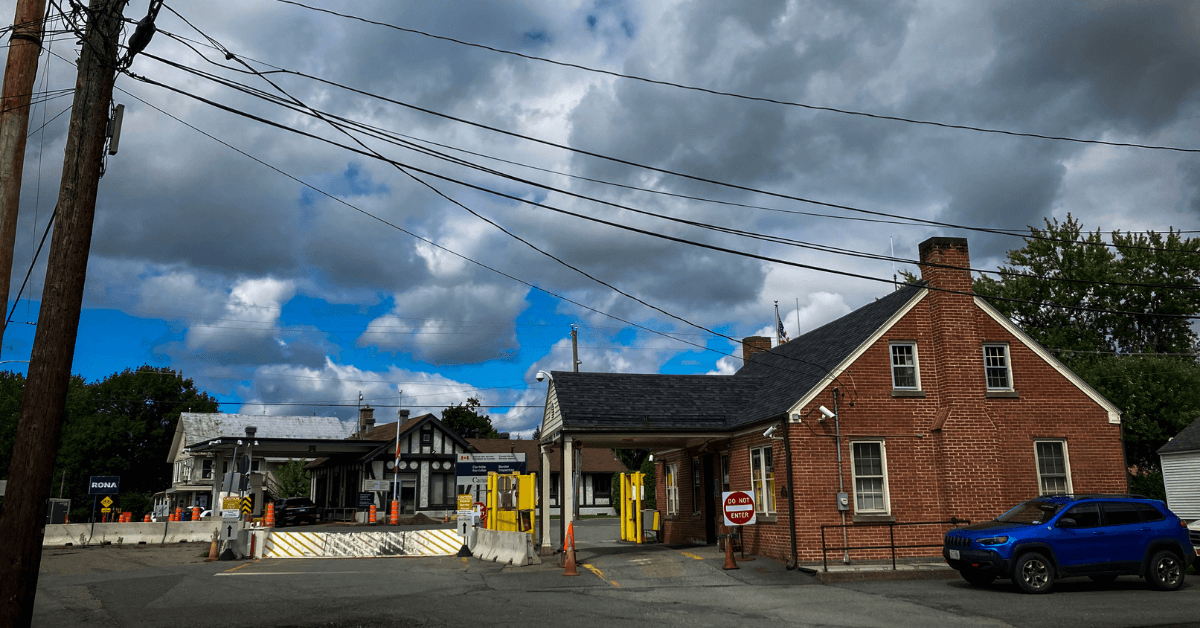BEEBE — U.S. Sen. Patrick Leahy recently announced that the Beebe Plain border station is slated to receive $29 million in funding through the Senate’s $1 Trillion Infrastructure Bill.
Speaking at the Highgate Springs border crossing last week, Leahy said that five land border crossings between Vermont and Canada would receive around $285 million worth of upgrades if the bipartisan infrastructure package becomes law.
The Beebe Plain–Beebe Border crossing connects Rue Principale in Beebe, Quebec, with Beebe Road in Beebe Plain, Vermont.
The crossing is best known for being bisected by Canusa Street, which runs along the border for almost a half-mile, where residents on the south side of the street live in the United States, and those living across the street reside in Canada.
Used mostly by locals, the Beebe port of entry has so few crossings per year that it’s not even listed in the Bureau of Transportation Statistics Border Crossing Data records.
Based on other data in that record, it would have to be well below 10,000 crossings per year.

When asked what the $29 million in upgrades would consist of, a representative with the U.S. General Services Administration stated that since it is not funded it is not an official project and therefore too early in the process for details on what could possibly be included.
The Beebe station was built in 1937 and is one of four surviving buildings of this building type on American borders.
It was listed on the US National Register of Historic Places in 2014.
Should the Bipartisan Infrastructure Deal be enacted, the GSA will construct a new land port of entry at Highgate Springs, and complete new construction and modernization projects at 4 additional land ports of entry in Vermont:
Highgate Springs ($170 million)
Alburgh Springs ($23 million)
Norton ($32 million)
Richford – Route 139 ($31 million)
Beebe Plain ($29 million)
The GSA said these projects provide the opportunity to incorporate sustainability features that will sharply reduce greenhouse gas emissions, mitigate the impact of buildings on the environment and simultaneously increase the mission readiness of the federal government by increasing resilience to climate change.








This is the biggest waste of taxpayer money I’ve ever seen. Pork, pork, pork!